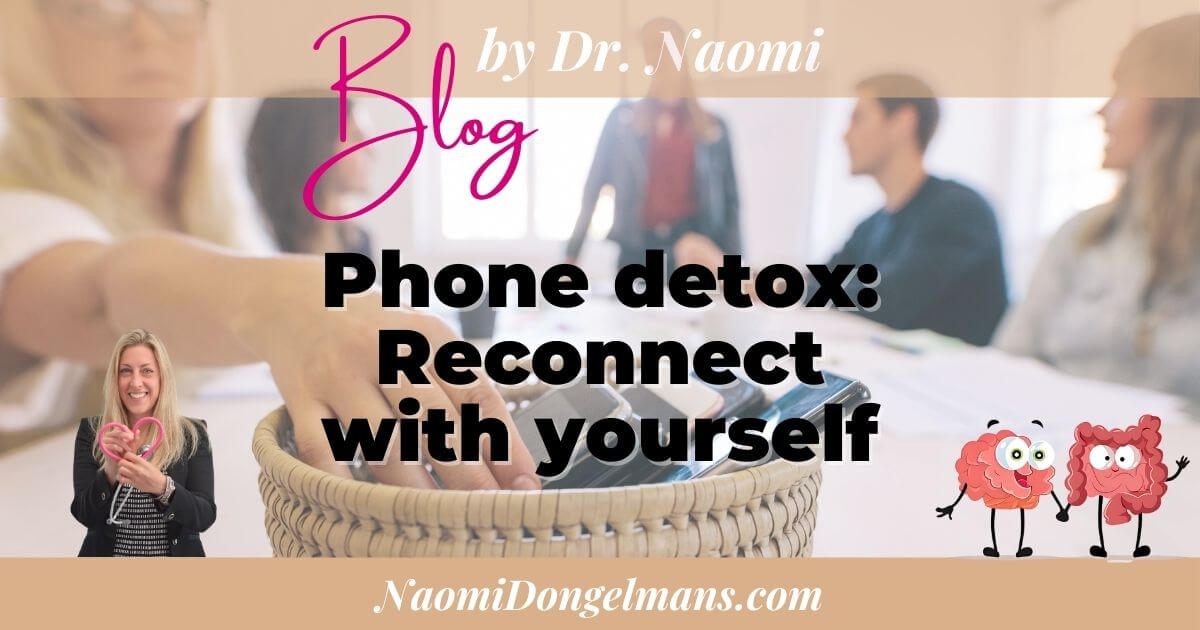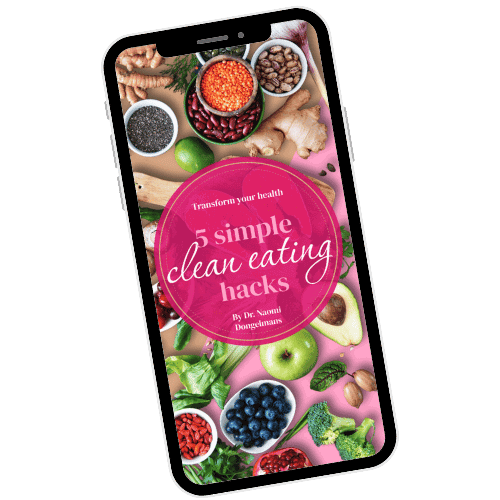
In today's hyper-connected world, our smartphones have become extensions of ourselves. But this constant connection can lead to overwhelm, anxiety, and a disconnect from the real world. A phone detox—a period of intentional disengagement—can be a powerful tool to regain control, improve focus, and enhance your well-being. This guide provides a step-by-step process to help you navigate your own digital detox journey.
Before we dive in, let me share my own experience. I've always hated phone calls and I hate phone messaging. Emails are manageable; I can let them sit in my inbox or deal with them when I'm ready. But WhatsApp, Signal, Telegram, Messenger... it's a nightmare! One endless, overwhelming list. If I miss a message, there are a thousand more on top of it. I feel terrible when I don’t respond promptly, and the guilt just adds to the stress. It's not that I can't adapt to technology; I create my own GPTs and use AI constantly. But this constant barrage of notifications is overwhelming. My partner even says email will be obsolete in 10-15 years, but I still prefer it – it gives me a sense of control I don't have with other messaging apps. This is why I'm exploring a phone detox.
Why consider a phone detox?
- Negatively impacts sleep: The blue light emitted from screens interferes with melatonin production, making it harder to fall asleep and impacting sleep quality.
- Reduces productivity: Constant notifications and the urge to check messages disrupt concentration and focus, hindering productivity both at work and in personal pursuits.
- Damages relationships: Spending excessive time on your phone can lead to neglecting real-life interactions with family and friends, weakening relationships.
- Increases anxiety and stress: The constant stream of information and social media comparisons contribute to feelings of anxiety, inadequacy, and stress.
- Leads to physical health problems: Prolonged phone use can result in eye strain, neck pain, and carpal tunnel syndrome.
- Creates a sense of FOMO: Fear of Missing Out (FOMO) is fueled by social media, often leading to anxiety and a relentless need to stay connected.
Planning your phone detox
- Set realistic goals: Don't aim for complete abstinence immediately. Start with smaller, achievable goals. For example, you could begin by limiting your phone usage to specific times of the day or reducing your screen time by 30 minutes each day.
- Identify your triggers: What situations or emotions cause you to reach for your phone? Boredom, stress, loneliness, or even just habit? Identifying your triggers is crucial to developing coping mechanisms.
- Choose a duration: Decide on a timeframe for your detox. A weekend detox is a great starting point, while others may opt for a week or even longer. Listen to your body and adjust accordingly.
- Inform your close contacts: Let your family and friends know you'll be limiting your phone use and may have delayed responses. This avoids misunderstandings and prevents unnecessary worry.
- Prepare for withdrawal: Be aware that you may experience withdrawal symptoms such as anxiety, restlessness, or irritability, particularly in the initial stages. This is normal and temporary.
Strategies for a Successful Phone Detox
- Create a "Digital-Free Zone": Designate certain areas of your home, such as your bedroom or dining room, as phone-free zones. This helps establish boundaries and promotes mindful disengagement.
- Schedule offline activities: Plan to engage in offline activities like reading, exercising, spending time in nature, pursuing hobbies, engaging in creative projects, and connecting with friends and family in person.
- Find replacement activities: Identify healthy substitutes for mindless phone scrolling. This could include meditation, yoga, spending time in nature, engaging in creative pursuits, or engaging in hobbies.
- Embrace mindfulness: Practice mindfulness techniques such as meditation or deep breathing exercises to help manage cravings and stay present in the moment.
- Use technology mindfully: If you must use your phone for work or emergencies, use it intentionally, limiting app usage and avoiding mindless scrolling.
- Connect with people in person: Arrange in-person meetups with friends and family. This not only provides a welcome distraction but also strengthens real-life relationships.
- Download Apps to limit screen time: Utilize apps that track and limit screen time. Many phones also have built-in features to help you limit your usage. This allows for accountability and enables you to set realistic boundaries for yourself.
- Turn off notifications: Silence non-essential notifications. The constant stream of alerts is a major contributor to distraction and stress.
- Downgrade your phone: Consider downgrading to a basic phone without internet access for a period. This removes the temptation entirely.
- Seek support: If you're struggling, consider enlisting the support of a friend, family member, therapist, or support group.
Maintaining your progress after detox
- Continue practicing mindfulness techniques.
- Prioritize real-life connections over digital ones.
- Regularly review your digital usage habits.
- Set limits on apps and social media.
- Continue engaging in replacement activities.
- Be kind to yourself if you have setbacks.
- Adjust your goals as needed.
Frequently Asked Questions (FAQs)
- How long should a phone detox last? There's no one-size-fits-all answer. Start with a short detox (a weekend, for example) and adjust the duration based on your needs and experience.
- What if I experience withdrawal symptoms? Mild withdrawal symptoms are common and usually subside within a few days. Practising mindfulness and engaging in replacement activities can help.
- How can I avoid relapsing? Create a plan to manage your phone use after your detox. Set limits, prioritize offline activities, and continue practising mindfulness.
- Is a complete detox necessary? No, a complete detox isn't necessary for everyone. Even a short period of reduced phone use can be beneficial. The goal is to find a sustainable balance.





























0 Comments